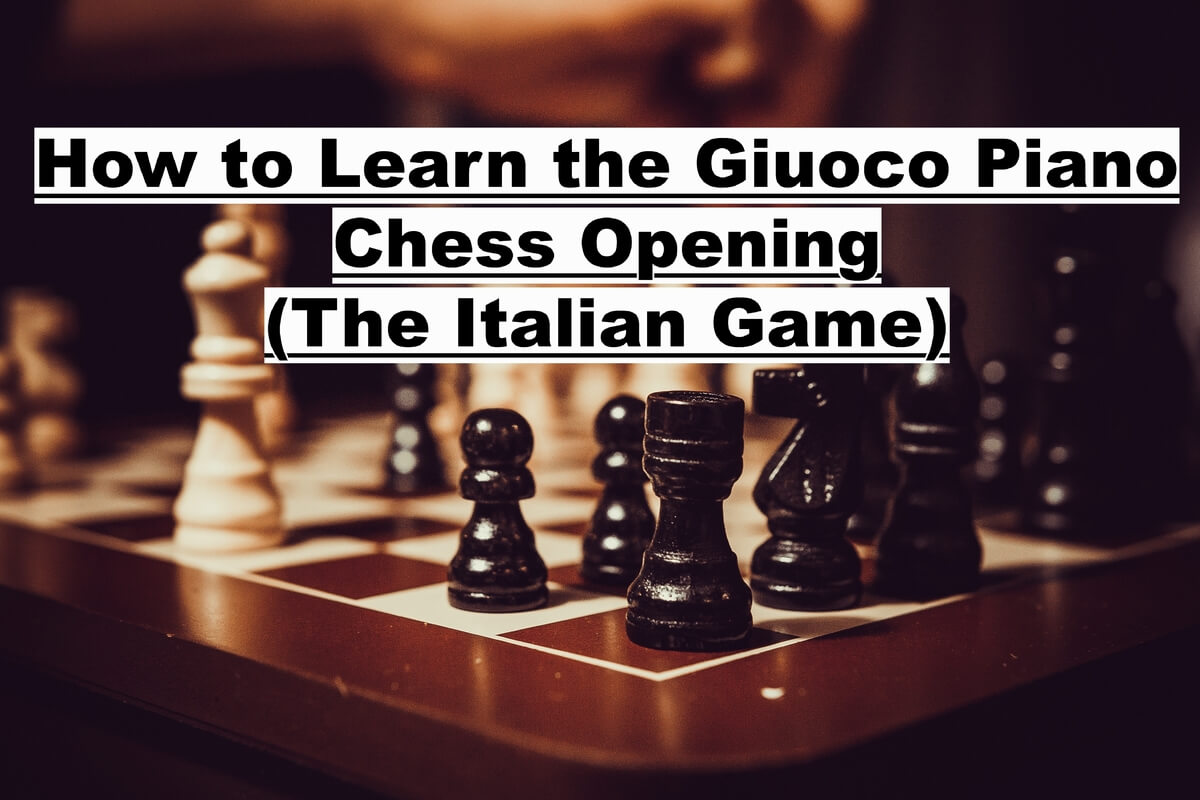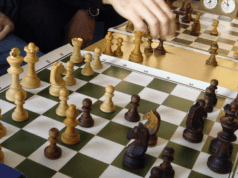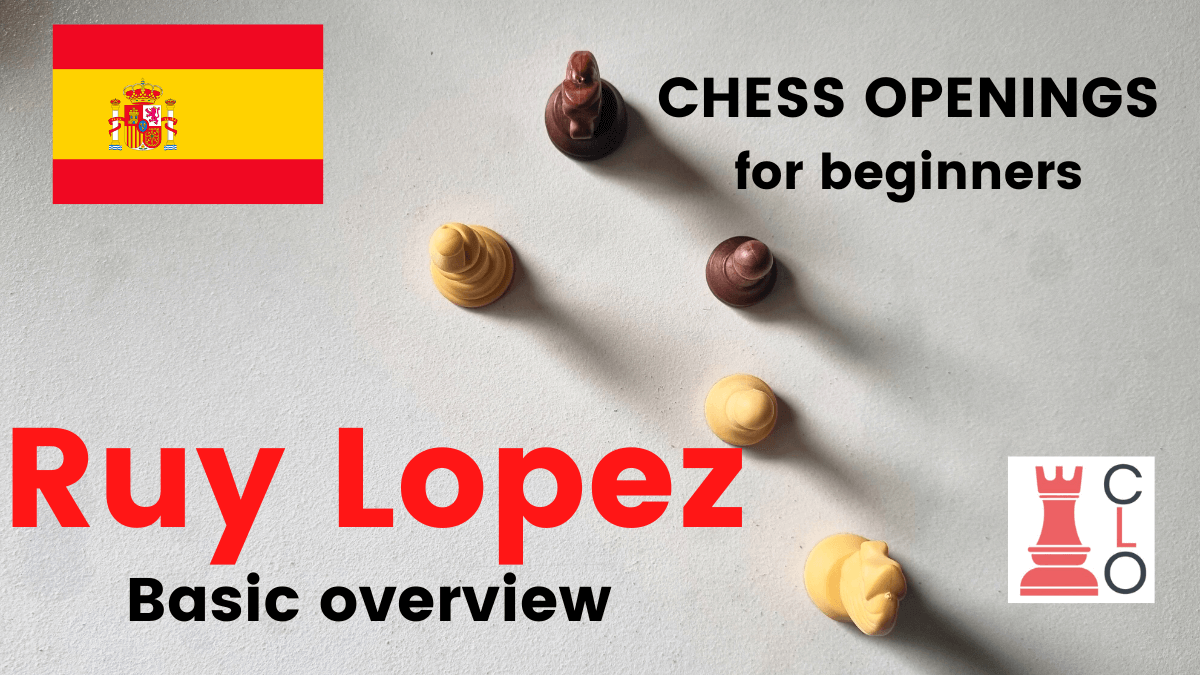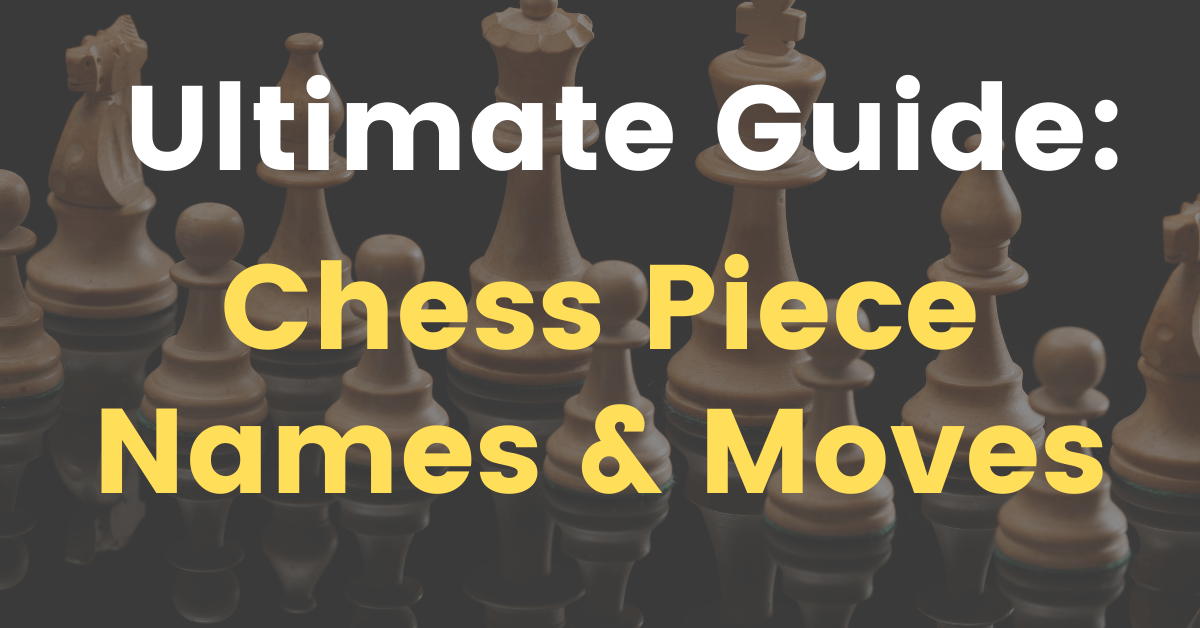Join our exclusive newsletter for opening guides, tips, and inspiration. Our community of 5,131+ chess enthusiasts is waiting for you.
Don't wait – enter your email below and join now!
How to Learn the Giuoco Piano (C50) Chess Opening in 2021
In this post, we will look at the Giuoco Piano variation of the Italian Game in more detail. The other variations of the Italian Game we will deal with in other posts. You can click here in order to look at the post about the variations of the Italian Game.
Play through the Giucco Piano chess opening with notes below in ChessLoversOnly‘s lichess study.
So, following the line in the above post of the Italian Game, we see that the Giuoco Piano comes about by the following moves:
Giuoco Piano (C50):
1. e4 e5 2. Nf3 Nc6 3. Bc4 Bc5
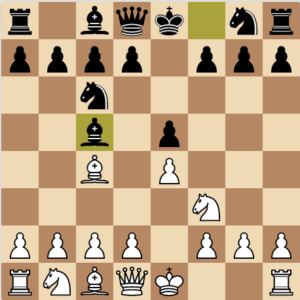
– in the Italian Game (C50)
So, then what next? What are the main variations and key ideas we need to look out for? Is the Giuoco Piano really the best chess opening to improve your chess game?
Actually, white doesn’t have to enter the main theory for the Giuoco Piano yet. They can still enter other variations in the Italian Game, like the Deutz Gambit or Evan’s Gambit.
You might also like:
- Ultimate Guide: Learn How to Play Chess and Win Instantly!
- Win Against the Philidor Defense as White! (Chess Openings)
- How to Learn the French Defense (a Tier One Black Opening)
A Couple of Choices for White to Make:
Here are the main ideas in the Giuoco Piano. Of course, because the opening begins with the moves above the theory will start to expand out and get a little more complicated. However, I’ll be sure to explain the main variations and ideas to you in simple terms.
4. c3 (main line)
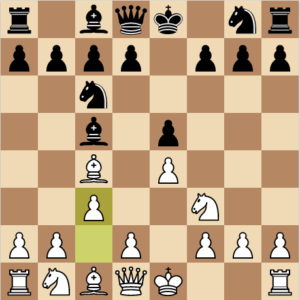
Black has three ways to respond to this:
4. …Nf6 (main Line)
4. …d6 (sideline 1)
4. …Qe7 (sideline 2)
The two sidelines often transpose into the mainline and aren’t as good as the mainline for black, so we will concentrate on the mainline.
White also has the choice to go into the:
4. 0-0 Nf6 5. d4 (The Deutz Gambit)
4. b4 (Evan’s Gambit)
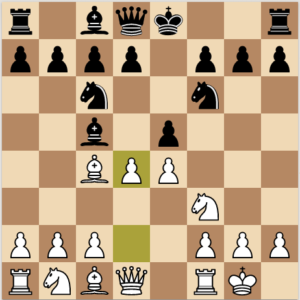
The Deutz Gambit
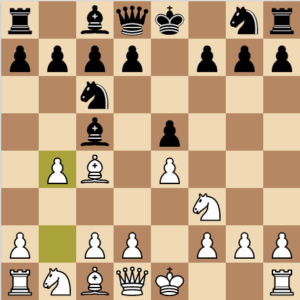
Evan’s Gambit
There are also two other variations that white can choose to enter on the fourth move too. But they aren’t as good as the Deutz Gambit or Evan’s Gambit:
4. Nc3 Nf6 (Four Knights Variation)
4. d4 (The Italian Gambit)
So, if we follow the mainline above for the Giuoco Piano on the fourth move then we get the move list below.
The Classical Giuoco Piano (C50):
1.e4 e5 2. Nf3 Nc6 3. Bc4 Bc5 4. c3 Nf6
This is the main starting point for the Classical Giuoco Piano.
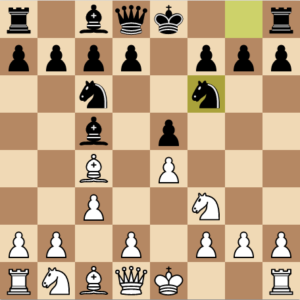
Here white has three main ideas they can follow that all fall under the Classical Giuoco Piano Opening:
5. d3 (Giuoco Pianissimo)
5. d4 (Center Attack)
5. b4 (Bird’s Attack)
Let’s take a look at them in turn.
5. d3 (Giuoco Pianissimo)
The Giuoco Pianissimo is the classical version of the Italian Game and has been played for hundreds of years. It is the best option out of the three choices for white on move five. The Giuoco Pianissimo is a very quiet positional game but with some strong tactics if the players don’t know the theory properly.
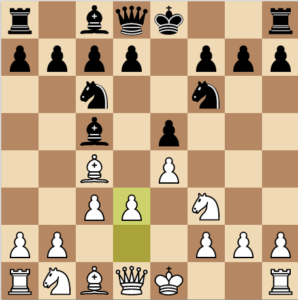
(The Italian Game)
The Giuoco Pianissimo position above can also be achieved by transposition. For example, the following moves all lead to the Giuoco Pianissimo position above:
1.e4 e5 2. Nf3 Nc6 3. Bc4 Bc5 (Classical Giuoco Piano)
a) 4. c3 Nf6 5. d3
b) 4. d3 Nf6 5. c3
c) 4. 0-0 Nf6 5. d3 0-0 6. c3
Here, the Giuoco Pianissimo is all about a game of ideas and not a specific order of moves.
Black has the following plans:
- Play d6: in order to defend the e5 pawn
- 0-0: for king safety and release the pressue on the f7 pawn
- Na5: to win white’s bishop (white’s Italian bishop is key to their game). But black can’t play Na5 until they play d6 to reinforce the e5 pawn (which is being attacked by white’s f3 knight)
- Play a6 in order to create an escape square for the Bishop (because white will want to play d4)
White has the following plans:
- Play c3 (already done): to stengthen the d4 pawn break and give their Italian bishop an escape square to run away from black’s Knight.
- White needs to keep defense of the e4 pawn until they have castled and played Re1. Also they need to develop their pieces before the d4 pawn break.
- If d6 has been played by black, then they need to retreat bishop to b3 (because of Na5 threat)
- If black plays Na5 then move bishop from b3 to c2, and the bishop on c2 then defends pawn on e4 (which is often a target for black).
- White wants to transfer their b Knight to f5 through the following sequence: d2 -> f1 (after move rook to e1) -> g3 or e3 -> f5
- White wants to develop their bishop to e3 and their rook to e1
Some example lines following the plans:
So, now let’s look at some sample lines to see how the plan is executed by each of the players.
The Giuoco Pianissimo:
1.e4 e5 2. Nf3 Nc6 3. Bc4 Bc5 4. c3 Nf6 5. d3



(The Italian Game)
Normal Continuation:
5. …d6 6. 0-0 a6 7. Bb3 Ba7 8.Nbd2 0-0
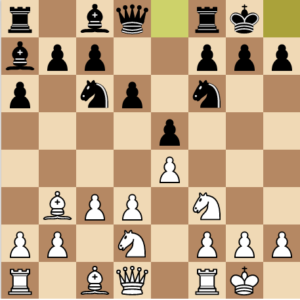

Giuoco Pianissimo
Here is where we look at the possibilities of pinning the white knight by black. If white merely plays 9. Re1 then black would pin the knight to the queen by playing Bg4:
Case 1:
9. Re1 Bg4 10. h3 Bh5 11. Nf1 Ne7 12. Ng3 (which would dislodge Bishop) Bg6 (now Black’s bishop is misplaced and has taken away a square from black’s knight)…
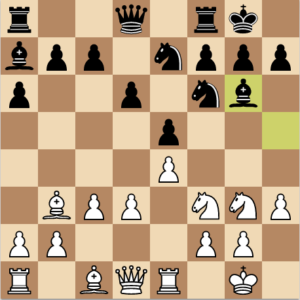

Giuoco Pianissimo
So we can see that Black wouldn’t be winning anyway if they pinned the knight after 9. Re1 by white.
In any case, White wants to play 9. h3 so that black can’t pin their knight to the white queen:
Case 2:
9. h3 h6 10. Re1 Be6 11. Nf1 Re8 12. Ng3 (don’t exchange the bishop or other pieces. Keep them on and get an attacking edge).
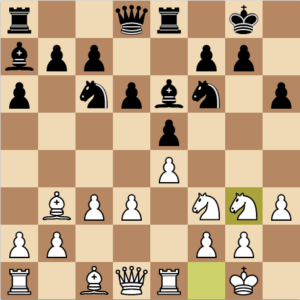

Giuoco Pianissimo
You need to calculate whether you can play d4 or whether black can play d5 on every move. You also need to get a position where Nf5 works.
12. …d5 13. Qe2
12. …Bxb3 13. Qxb3 Qd7 14. Nf3
Case 3:
9. h3 h6 10. Re1 Nh5 (a fast Knight maneuver) 11. Nf1 Qf6 12. Be3 Nf4 13. Ng5
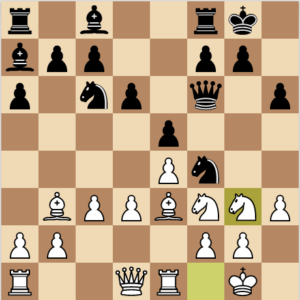

Giuoco Pianissimo
5. d4 (Center Attack)
The center attack seems like it is more aggressive than 5. d3 (Giuoco Pianissimo) but if both players play the best moves, it will lead to an even position.
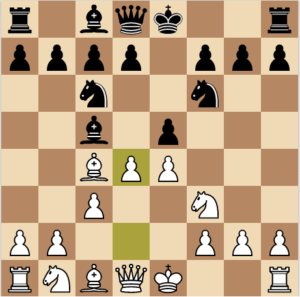

After white plays 5. d4 (center attack), then the game should follow in the following manner:
5. …exd4 6. cxd4 Bb4+ 7. Bd2
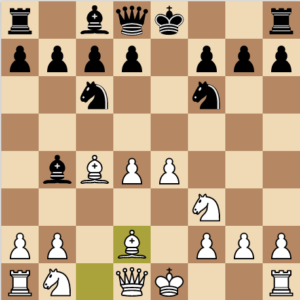

5. d4 – Center Attack
Here, black has two responses. The first is taking e4 with the knight, which will lead to an equal position. The second is taking white’s bishop on d2 with black’s bishop, which will lead to a very very slight advantage to white.
Black can respond:
a) 7. …Nxe4 (kills game to a draw) 8. Bxb4 Nxb4 9. Bf7+ Kxf7 10. Qb3+ Kf8 11. Qb4+ Qe7 12. Qxe7+ Kxe7 (equal position).
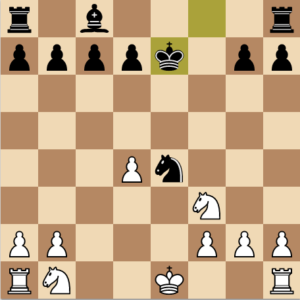

Or black can respond:
b) 7. …Bxd2 8. Nbxd2 d5 9. exd5 Nxd5
10. Qb3 Na5 11. Qa4+ Nc6 (often repeats)
12. Qb3 Na5 13. Qa4+ Nc6
This can keep repeating until black plays the following sequence:
14. Qb3 Nce7 (this position is okay for white but nothing special)
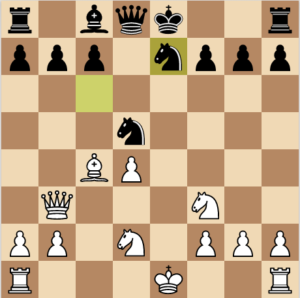

5. b4 (Bird’s Attack)
This often leads to a better position for black, so it isn’t wise for white to play into this variation.
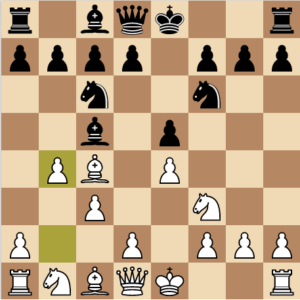

Black has two moves in response:
5. …Bb6 (Main line) or
5. …Be7 (side line)
Let’s look at the continuation of each:
a) Main Line:
5. …Bb6 6. d3 d6 7. a4 a5 8. b5 Ne7 9. 0-0 0-0 10. Nd2 Ng6
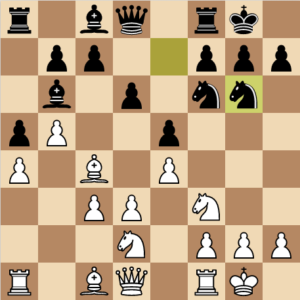

the Bird’s Attack
b) Sideline:
5. …Be7 6. d3 0-0 7. 0-0 d5 8. exd5 Nxd5 9. b5 Na5 10. Bxd5 Qxd5 11. c4 Qd8 12. Bd2 b6 13. Nxe5 Bf6 14. Bxa5 bxa5 (white’s center is loose and this position is difficult to play for white)
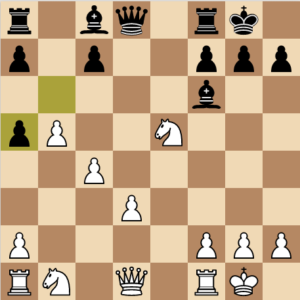

the Bird’s Attack
We’ll write a chess guide for you (for free)!
Keep coming back to Chess Lovers Only for more chess-related news and chess opening studies!
What should we write about next?
Let us know in the comment box below!
Or Contact Me here.
Cheers,
A.J. McMahon
.
.
.
Let’s Connect!
– Youtube: ChessLoversOnly
– Instagram: Chess.Lovers.Only
– Pinterest: ChessLoversOnly
– Facebook: ChessLoversOnly
– Twitter: @ChessLoversOnly


